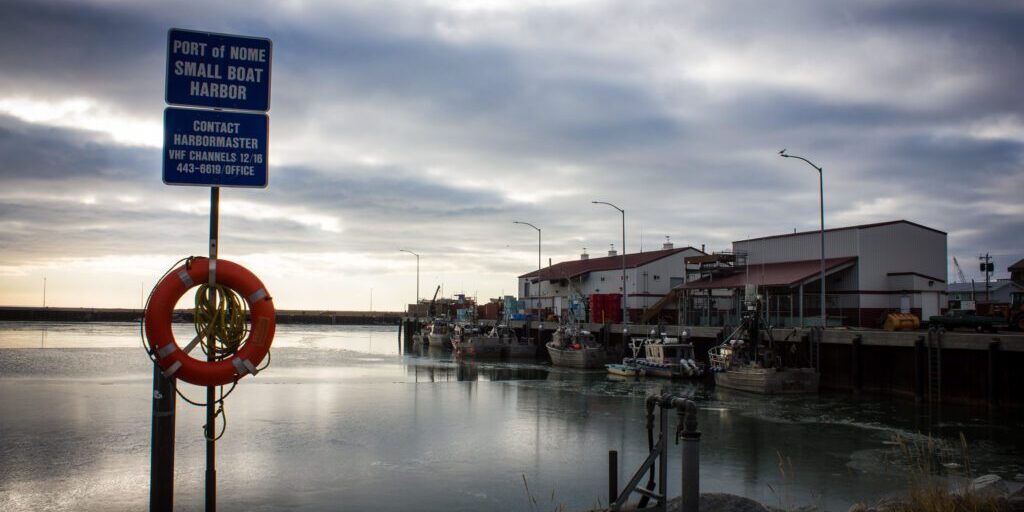Two new pieces of legislation are coming together to pave the way for a possibility of an Arctic deep draft port in the state. The Water Infrastructure Improvements for the Nation Act (WIIN) and the National Defense Authorization Act (NDAA) both contain independent sections regarding a start to the port process.
Senator Dan Sullivan says that’s intentional: “You know, sometimes you do that thinking that maybe one of these bills doesn’t become law.” Fortunately for him, both bills passed. “And so, our one-two punch actually worked on the economic and national security side because both bills actually made it through the rather lengthy process of becoming a law.” Sullivan says the combination of legislation sets up the state “pretty darn well.”
And set-up for a new deep draft port in the state hasn’t been easy. An Army Corps of Engineers report shows studies focused on expanding Nome’s port to deeper waters starting as early as 1982. The Corps announced a plan in February of 2015 to expand Nome’s outer harbor from 22 to 28 feet. And Nome was in the process of completing that feasibility study when things got put on hold. “If you remember when Shell pulled out of Alaska, the Corps used that as a reason to stop doing the evaluations,” says Sullivan, “so, we said, ‘no no no, you can’t just base it just on that. You can base it on national security as well.’”
Language in the bills only secure a feasibility study. However, the language surrounding the feasibility studies will allow government agencies to approach the possibility of a deep draft port from two angles: economic and national defense. With the addition of defensive motivations for the port, added criteria now include interests such as humanitarian relief, search and rescue, disaster relief, and oil spill response.
Sullivan told his colleagues, “Enacting change in any bureaucracy can be difficult.” But he convinced the Department of Defense about Alaska’s strategic location and how an Arctic port could strengthen national security.
To fully establish Alaska’s need for strategic deep draft ports, the bills allow for the process to take some time. The WIIN Act is without a deadline for completion of a feasibility study.
The NDAA’s report aims to assess security requirements for several Arctic ports. The defense act mandates that the Army Corps of Engineers’ report be completed by June 21st. If officials conclude a strategic defense port is necessary, the act states that they have until December 2018 to submit the proposal to designate the port. If Nome is designated as a future deep draft port, funding will be the next obstacle. At this moment, through the WIIN Act, the state is promised to fund $97 million of the $210 million plan. The NDAA studies will be federally funded through the Corps and a state sponsor.






